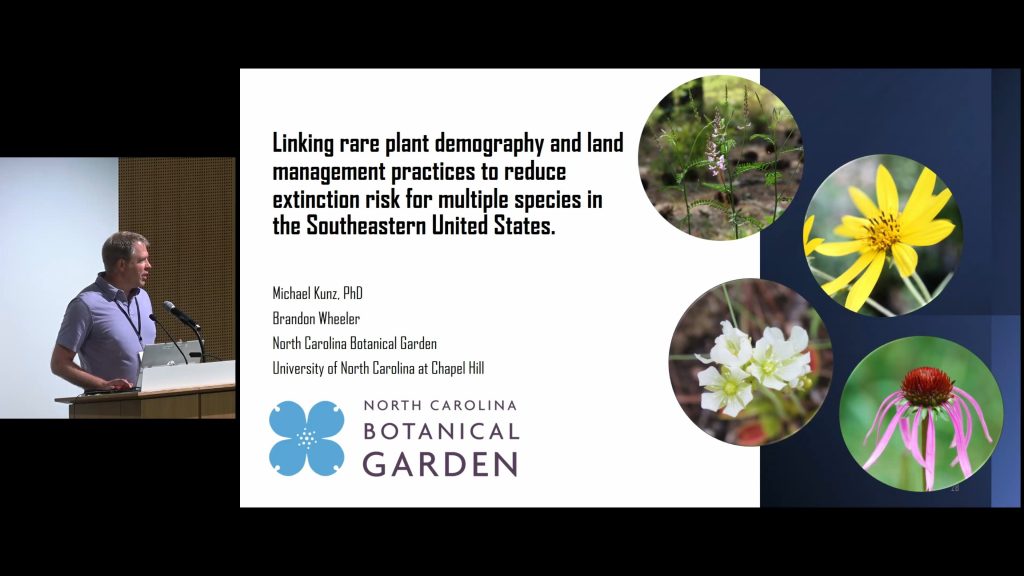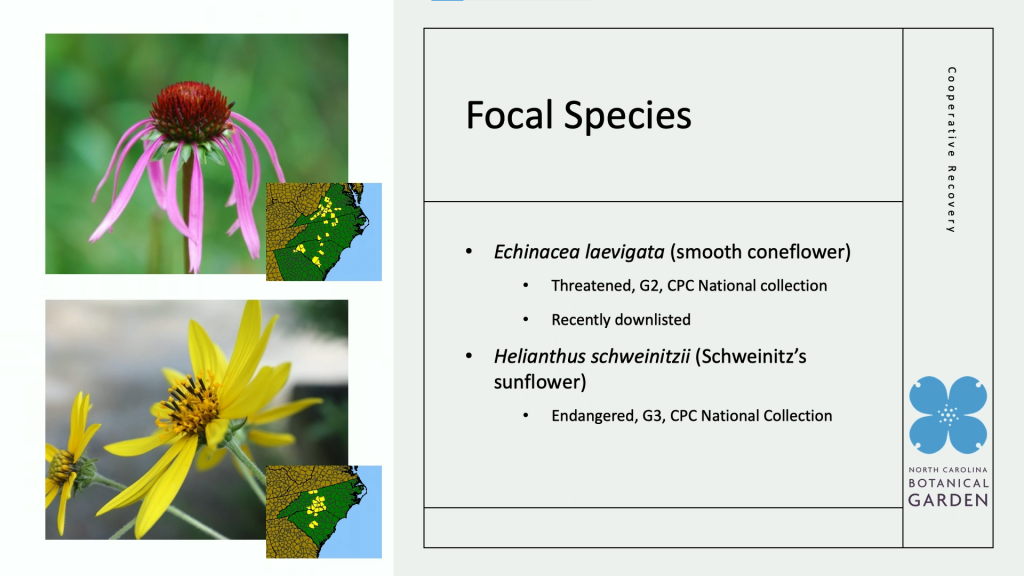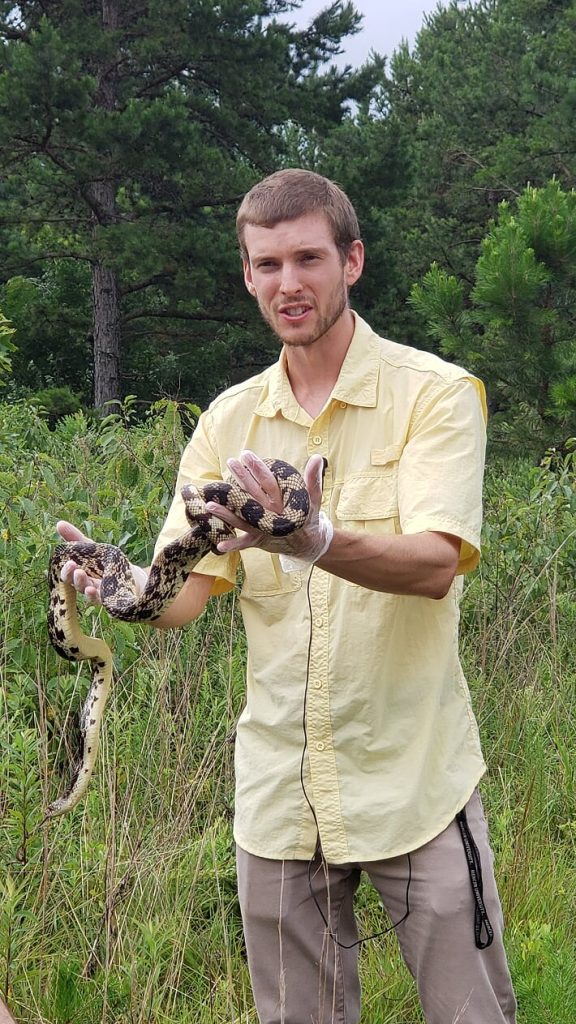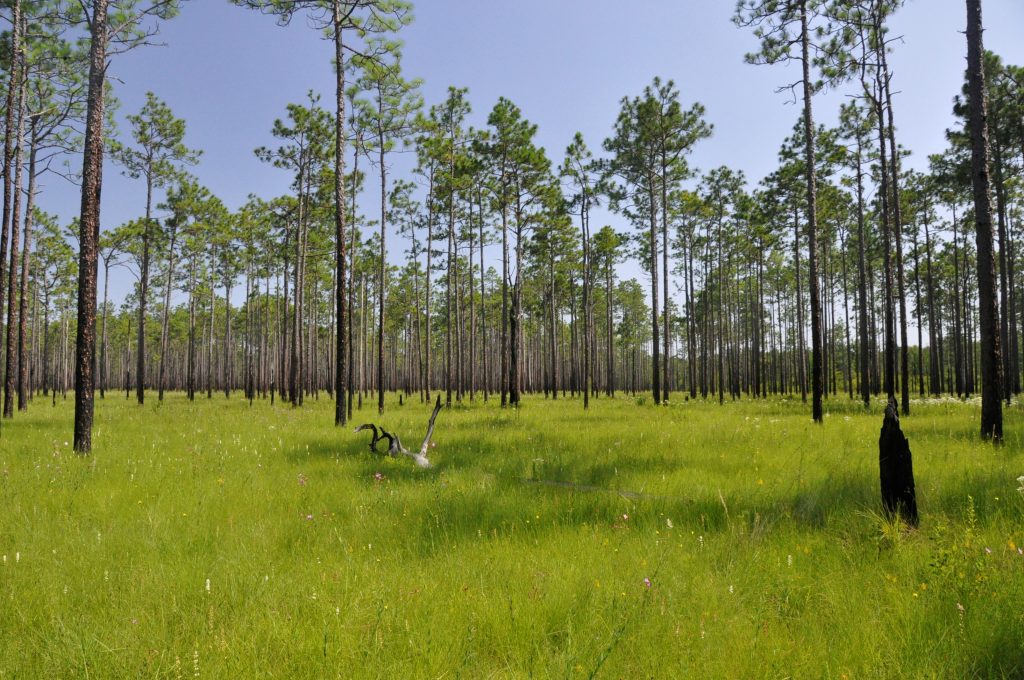
Land management decisions are often implemented on perceived optimal environmental conditions, follow a habitat-based approach, or fail to account for climate change climate change which can lead to practices detrimental to population dynamics of rare plants and increase risk of extinction. Prescribed fire, canopy thinning, and managing herbivores are common management practices and are frequently […]
Read More…

Rare species from similar fire maintained communities are likely to have similar recovery needs in Endangered Species Act recovery plans. Echinacea laevigata (smooth coneflower) and Helianthus schweinitzii (Schweinitz’s sunflower) occur in separate, but similar fire maintained habitats in the Southeastern US. Fire suppression and fragmentation have relegated both species to marginal habitat on forest edges, roadsides and utility rights-of-way. […]
Read More…

The extremely rare pine snake’s return to the region has been credited to the habitat restoration efforts implemented to support smooth coneflower. Here Clemson University graduate student Brian Hudson holds a male pine snake. […]
Read More…





